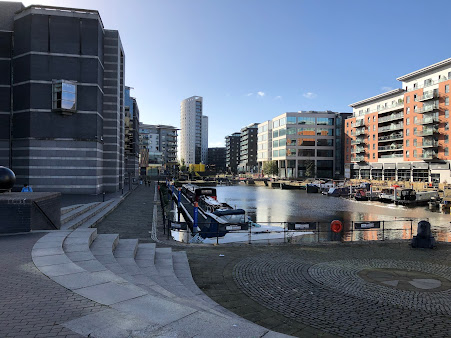Dunham Massey Hall, Gardens and Estate

In Brief. Dunham Massey is a perennially popular National Trust property, with an 18th Century mansion adjacent to pleasant (not too) formal gardens and a substantial deer park. Much of the interior of the hall dates from the early 20th century, so most visitors come from the grounds, which include good spaces for picnics as well as longer walks. The mansion from the gardens. What's Here? Dunham Massey offers three distinct environments: a house with exhibitions and a few grand spaces, a relaxing formal garden for perusing or picnicking in, and a deer park for longer leisurely walks. The original hall dates from the 17th Century, though with significant subsequent remodelling, and much of the interior dates form the early 20th Century. Thus the fabric of the house doesn't capture the history of its occupants in the same way as, for example Lyme does, but there is a grand main hall, an ornate state bedroom, and an interesting exhibition on the building's role as a mil...

